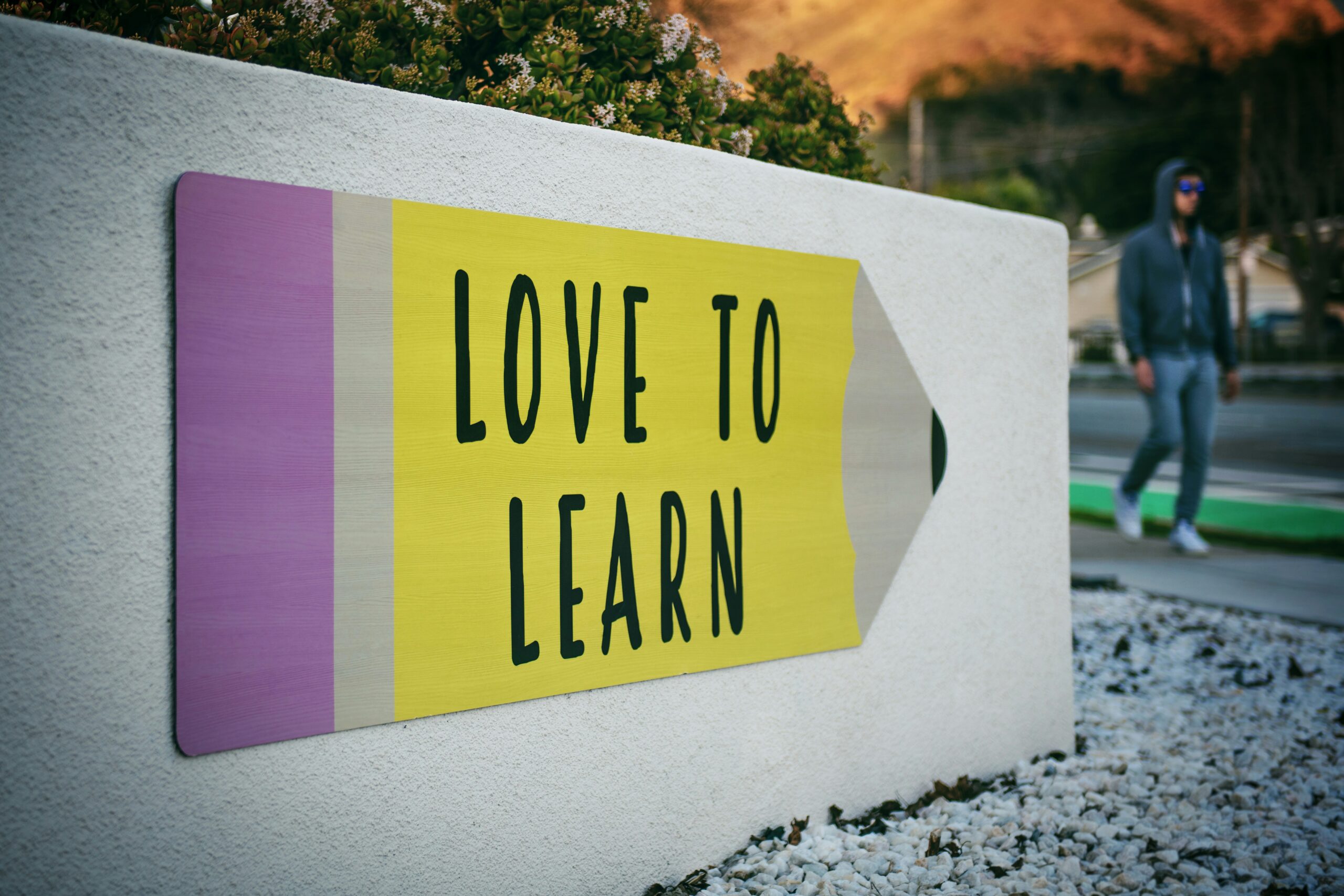From Nervous Wreck to Confident Speaker: Mastering the Art of Presentation
Have you been there …?
Most of us have been there: pacing up and down, staring at a room full of expectant faces, palms sweating, voice trembling. The mere thought of delivering a presentation can trigger a wave of anxiety (even for the most seasoned professional and professional speaker!).
But fear not! Mastering presentation skills is not about being a natural-born orator, but rather a combination of preparation, practice, and a few key techniques.
1. Know Your Audience (and Yourself):
Before you even start crafting your slides, take the time to think about your audience. Think to understand your audience. What would be their interests and interest in your presentation? What do they already know about what you are about to present? What are their expectations about the topic, what they expect to hear and what would be new to them? This will help you tailor your message [and in fact your story] for delivering maximum impact.
2. Craft a Compelling Story:
A good presentation isn’t just about facts, the figures and the science. It’s about storytelling. Think of your presentation as a journey you’re taking your audience on.
Start with a captivating introduction that grabs attention, build a narrative arc with clear points and transitions, and leave a lasting impression with a strong conclusion that compels your audience to engage with you on the spot and in future.
3. Visuals that Engage Your Audience:
Visuals are essential for a captivating presentation. Use slides, charts, images, or even videos to illustrate your points. It is said that people nowadays rather prefer listening [to information] versus reading it. Break up text on your slides [however, be cautious not to loose your audience], to keep your audience visually engaged.
Remember, less is more! Don’t overwhelm them with too much information on a single slide.
4. Practice Makes Perfect [not just with presentation but with anything in life]:
Rehearse your presentation multiple times. Practice in front of a mirror, record yourself, or deliver it to a trusted friend or colleague for feedback. The more you practice, the more confident and comfortable you’ll feel on the day of your presentation. AND the more you will talk about what is on the slides versus talk from the slides.
5. Own the Stage (With Confidence):
Body language and voice are powerful tools. Stand tall with open posture, maintain eye contact with your audience, and project your voice with clarity and enthusiasm. Practice speaking slowly and articulating your words clearly. Slow is fast. Own the presentation by keeping within the time allocated for your presentation.
6. Embrace the Q&A:
Don’t dread the question-and-answer session – prepare for Q&As.. See it as an opportunity for engagement and clarification. Prepare for common questions, and stay calm and collected when answering.
7. Feedback is a Gift:
Seek feedback from your audience [use of poll or survey] or at least a trusted colleague after your presentation. What did they find most engaging? What could be improved? Use their feedback to refine your skills and become a more confident and effective presenter.
Remember, mastering presentation skills is a journey, not a destination. Don’t be afraid to experiment, seek guidance, and celebrate your progress along the way. You’ve got this!







